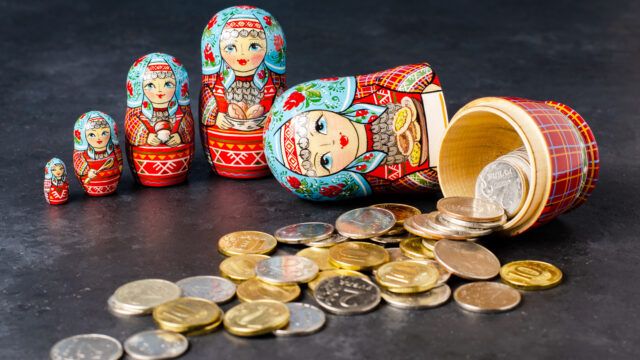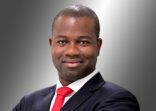Being selective and nimble is essential amid current trade and financial shocks from Russia’s invasion of Ukraine and associated sanctions that are exacerbating global inflation pressures.
While the concurrent hit to growth and to overall confidence will likely be meaningful, its magnitude and duration are uncertain.
“Europe is the most exposed region, with at least a modest recession very likely. While the US is relatively insulated for now, it is not immune either, particularly from the inflationary impacts of the war,” said Andrew McCaffery, global chief investment officer for Fidelity International.
What investors can be certain of, he added, is the ongoing war will redefine the global order, both economically and geopolitically.
Making careful selections
In response, Fidelity’s stance in both credit and equities is underweight, with particular caution on European equities and the euro, given the likelihood of recession in Europe.
However, it is more positive for emerging market equities, including China and Asia Pacific (excluding Japan) stocks. It also sees a brighter role for emerging market foreign exchange, given the diversification potential and possible support for commodity exporters, and it is long the US dollar based on interest rate differentials supporting the currency.
Specifically within the equities space, McCaffery said the focus has been on high quality companies rather than sector selection, given the rising geopolitical and stagflationary risks.
“Companies with pricing power and the ability to protect margins should perform relatively strongly in this environment,” he explained. “Equities should still provide a robust source of income, now that balance sheets have been repaired following the worst of the pandemic.”
For fixed income, although stagflation presents a challenge, some areas should be better protected from rising rates and slowing growth.
For example, breakevens should continue to perform relatively well, said McCaffery, on the premise that inflation expectations will rise. “We are also constructive on euro investment grade, given its more defensive characteristics and improved valuations.”
Defining times for assets
He believes three themes will dominate the second quarter in 2022.
First is the timeline of the Russia-Ukraine war in influencing economic outcomes, following the significant economic damage already inflicted to date, especially in Europe. Yet already, any hopes for a moderation in energy prices and supply-chain disruptions have been dashed.
“Together, these dynamics will continue to dampen growth and put upward pressure on already high inflation,” explained McCaffery.
Against the backdrop of this complex picture for policymakers and the markets, Fidelity is backing a “nimble approach” by investors, along with the use of hedges where appropriate.
A second key theme for markets over the coming months is the challenge faced by central banks in reining-in inflation given the new geopolitical and economic backdrop.
“While we expect the Fed to front-load [rate] hikes and the ECB to continue its hawkish tone, we believe the war-induced growth shock and the need to maintain negative real rates will lead to dovish pivots by mid-year,” explained McCaffery.
This is likely to make it increasingly challenging for developed market risk assets, leading Fidelity to advocate positioning for what it sees as the high potential for stagflation in developed markets, with a base case of recession in Europe. “Careful engagement with risk assets at this stage is critical,” he added.
The third trend for investors to watch is the role of China as a diversifier. Given the market is removed geographically and economically from the conflict, it benefits from capacity for further monetary and fiscal easing, plus offers more attractive starting valuations.
At the same time, uncertainty remains high, with domestic policy goals focused on deleveraging, property sector reform and sustainable growth.
“[China’s] outlook now looks less straightforward than it did in 2008 during the global financial crisis. We don’t expect China to repeat its previous role as the “fiscal put” that dislodges the global economy from its stagflationary trajectory,” said McCaffery.

















